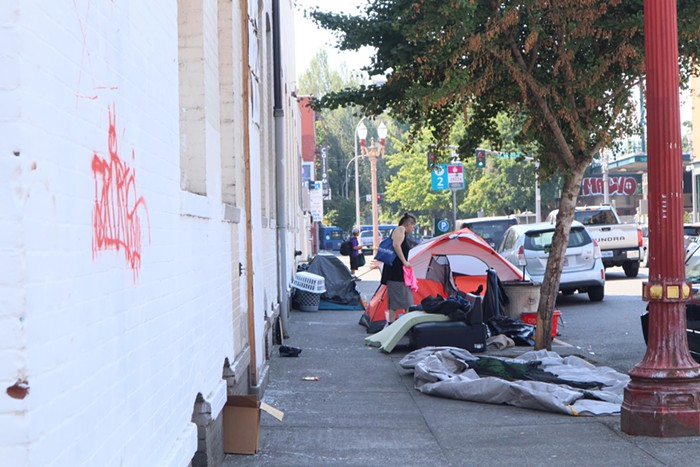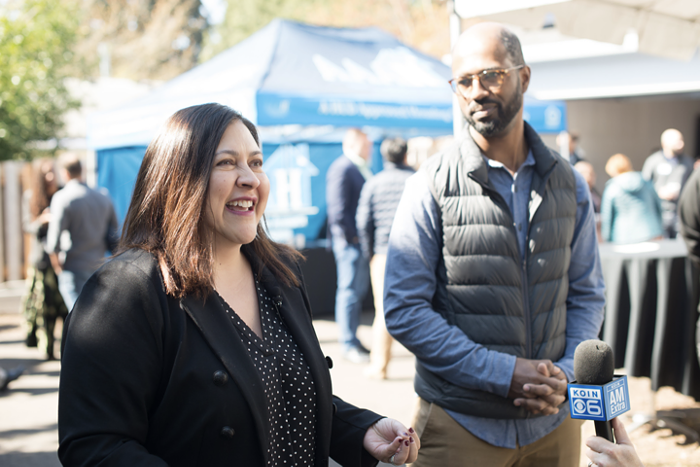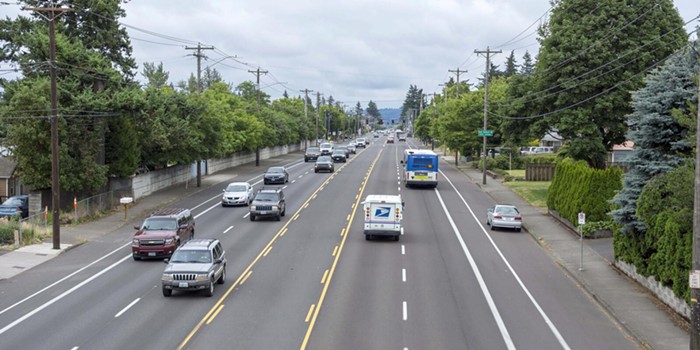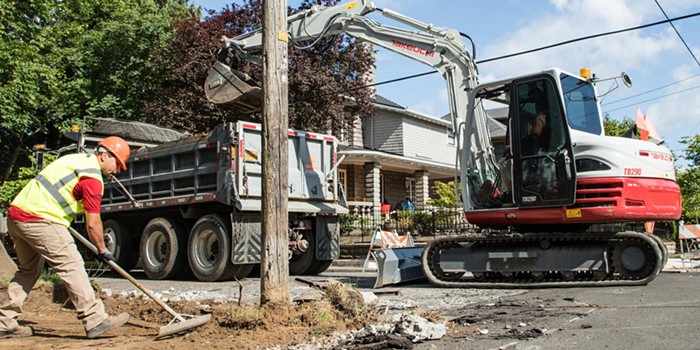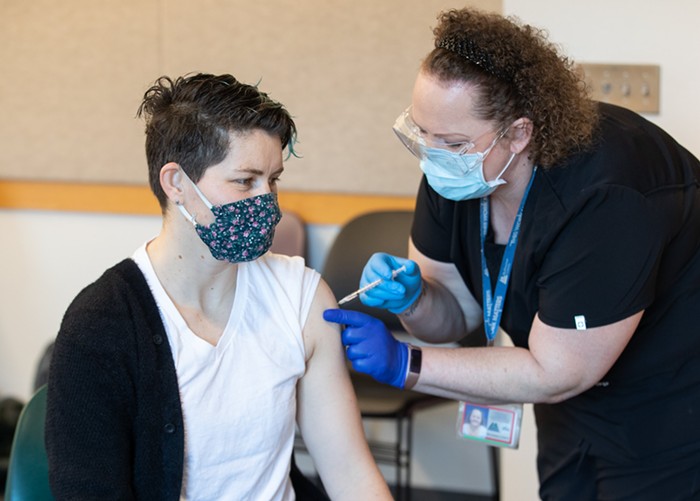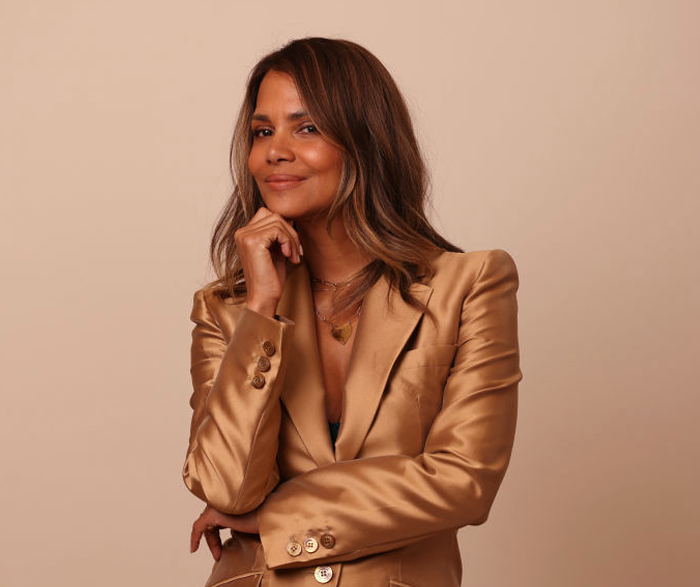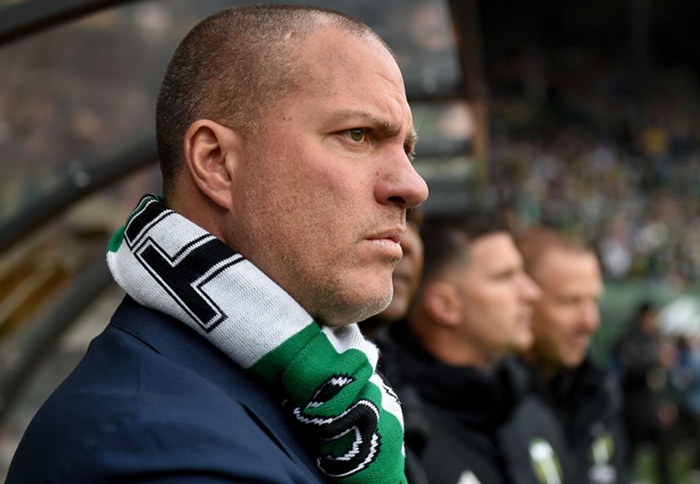
- Angela Sevin
- Sarah Hassouneh, at right, was one of the few foreigners allowed to march in Gaza
Hassouneh’s outside view of the small country is rare—the Red Cross estimates the number of goods entering Gaza has dropped 80 percent since 2007 and the number of people allowed in is very restricted.
Hassouneh headed to Gaza for just 48 hours as a representative of PSU’s Students United for Palestinian Equal Rights to march in what was supposed to be a 50,000-person Code Pink march for peace in Gaza. Things didn’t exactly go according to plan. Below is a condensed version of our interview.
Getting into Gaza was definitely a challenge. Before we even left, the Egyptian government told us they would not let us into Gaza, but the organizers still thought there was a chance we could slip across the border. When we landed in Cairo, the first thing we did was organize [a pro-Gaza] protest on a bridge over the Nile. The thing is, assembly is illegal in Egypt, so it didn't go over well with the police.
They only let us protest in this one little area and I don't know that protesting in that way was all that effective. Code Pink pulled some strings with the wife of Egypt’s president, who is one of their supporters, and agreed to a compromise where 100 people from our group would be allowed to cross the border. My name was on the list for those who would be able to cross, but there was a big uproar within our group about whether we should split up, whether it was wrong to accept the compromise. It was really hard to decide, is this the right thing? I decided if any of us can get in, that's a victory.We drove in a big bus straight to the Rafa border. When we got there, it was late, maybe 12 or 11 at night and the border had this big structure pulled across the road, all these fences guarded by Egyptian police. Basically, it looks like, 'You're not getting in unless we say you can.' I was expecting as soon as we got inside to just see destruction. But we were put up in this really nice part of Gaza City that had not been destroyed and we stayed in extremely nice hotels with a view of the beach, beautiful sunsets. It was weird to think that just a few miles away there were bomb craters and destroyed houses.
We headed to a school built with US aid, but which [the guides] told me was bombed during the Israeli offensive last year. There's no way to tell that anything was ever there. It's just some tiles and wires. I couldn't even fathom that it used to be a school.
- One of Hassouneh's photos inside Gaza.
The march was kind of weird, it ended up being mostly men and Hamas supporters who were marching. There was a small group of women who were marching, but they were kind of relegated to the back of the march. So we started marching with the women and then the organizers decided they wanted the internationals at the front, so they moved us and the women up to the front. So that was pretty cool. We made CNN and the New York Times, so it was pretty effective in getting media coverage.
While we were there, I never really felt unsafe, I guess, but there was always this feeling that something could happen at any time. But it was heartbreaking just knowing that the people who lived there have to stay there. I went there and had this eye-opening experience, but I knew the whole time that I could come back home and be safe. They don't have a choice.

